20 Things We Never Would Have Thought of Eating 20 Years Ago
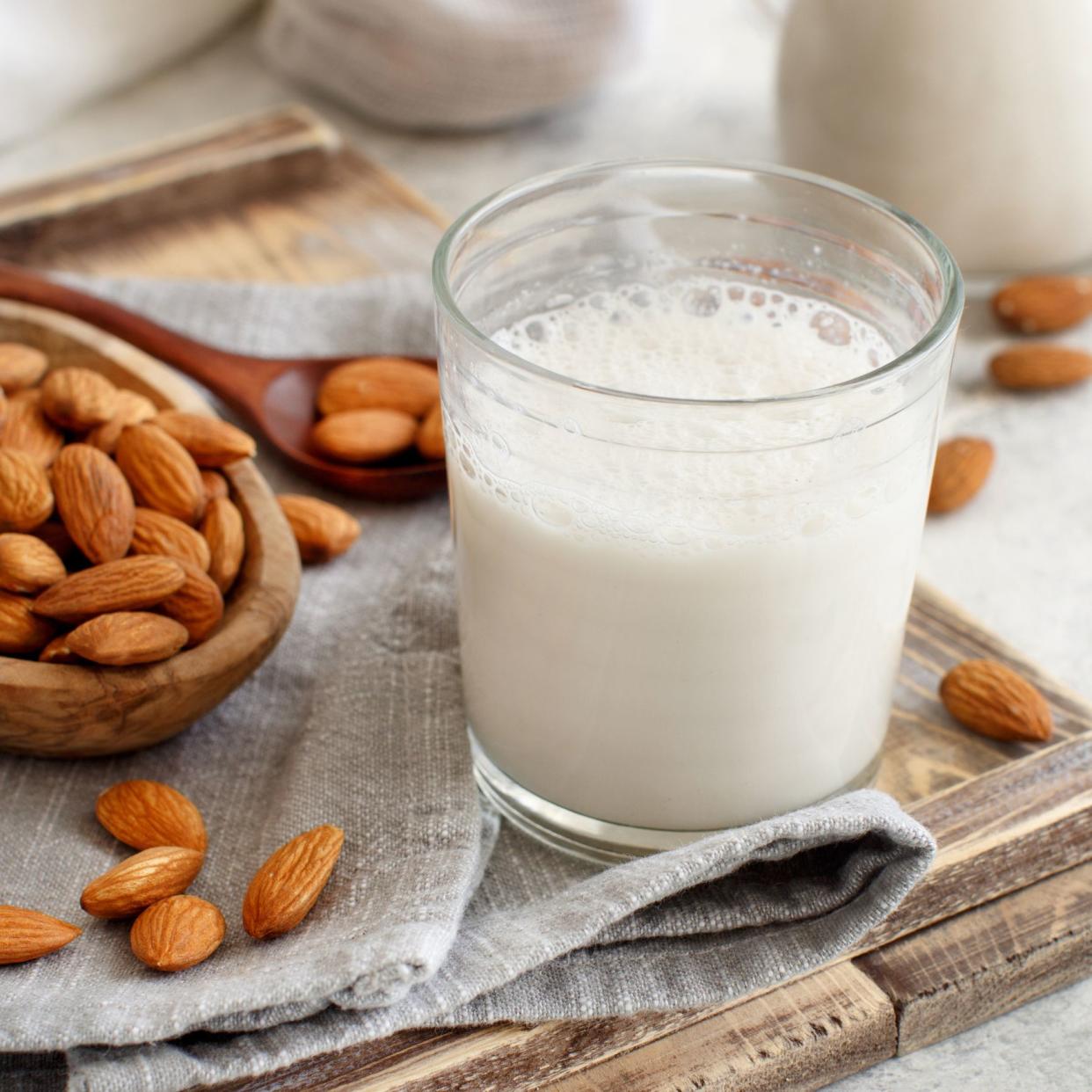
Food Evolution
The pace of everything in American culture seems accelerated these days, and cuisine is no exception. The 21st century's increased emphasis on health and local foods has brought with it a slew of now-commonplace ingredients that most diners would have been baffled to see on their supermarket shelves even two decades ago.
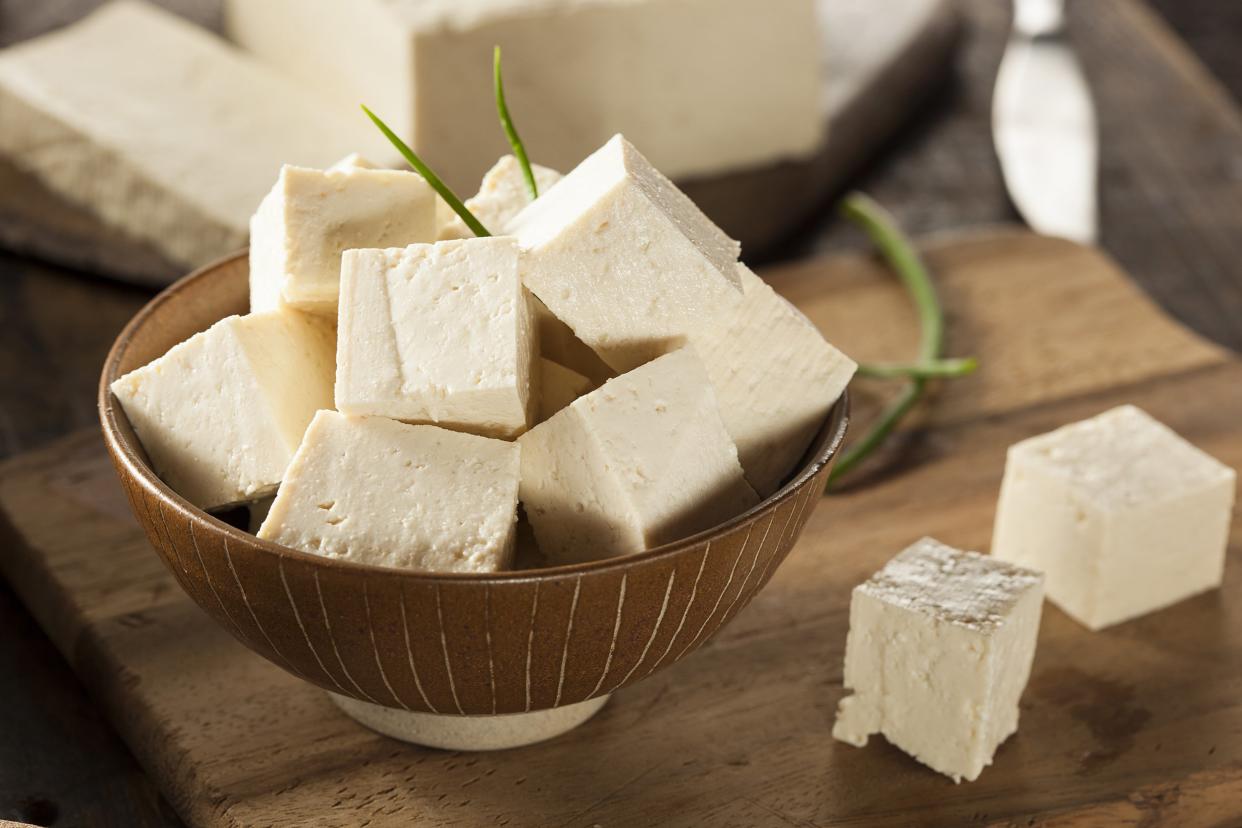
Tofu
The first American to write about tofu might have been Benjamin Franklin in 1770, but it took much longer for the soybean-based curd to gain widespread popularity in the United States. It's become more mainstream with the rise of vegetarian and veganism, and the market for meat substitutes including tofu is expected to reach $24 billion net worth this year.
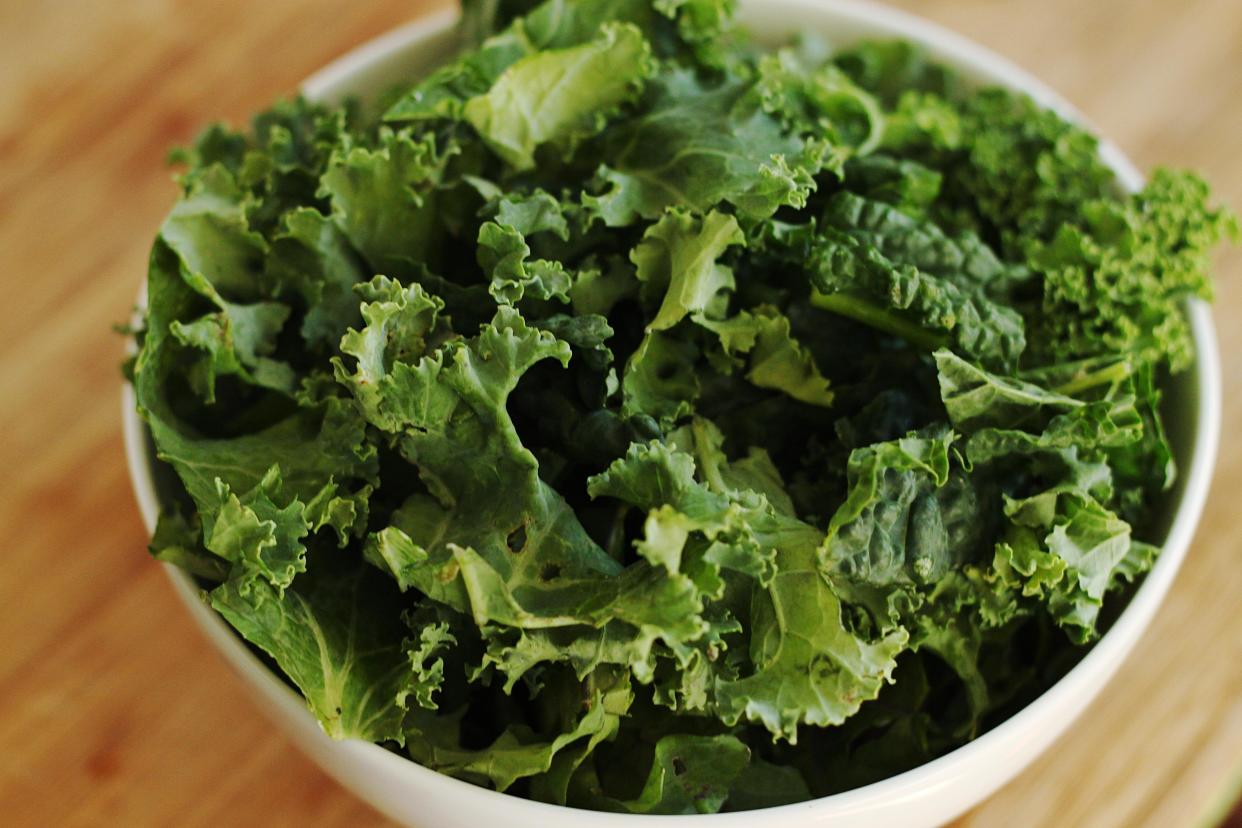
Kale
Before kale became a staple in Caesar salads and juice bowls in the early 2010s, the largest consumer of the hearty green was Pizza Hut — as a garnish below ingredient bowls in their salad bars. From 2007 to 2012, U.S. kale production increased nearly 60%. That leap in kale's popularity has a lot to do with its superfood-worthy nutritional profile, which is rich in iron, calcium, and vitamins A, K, and C, as well as the fact that it can be dried into chips for shelf-stable snacking.
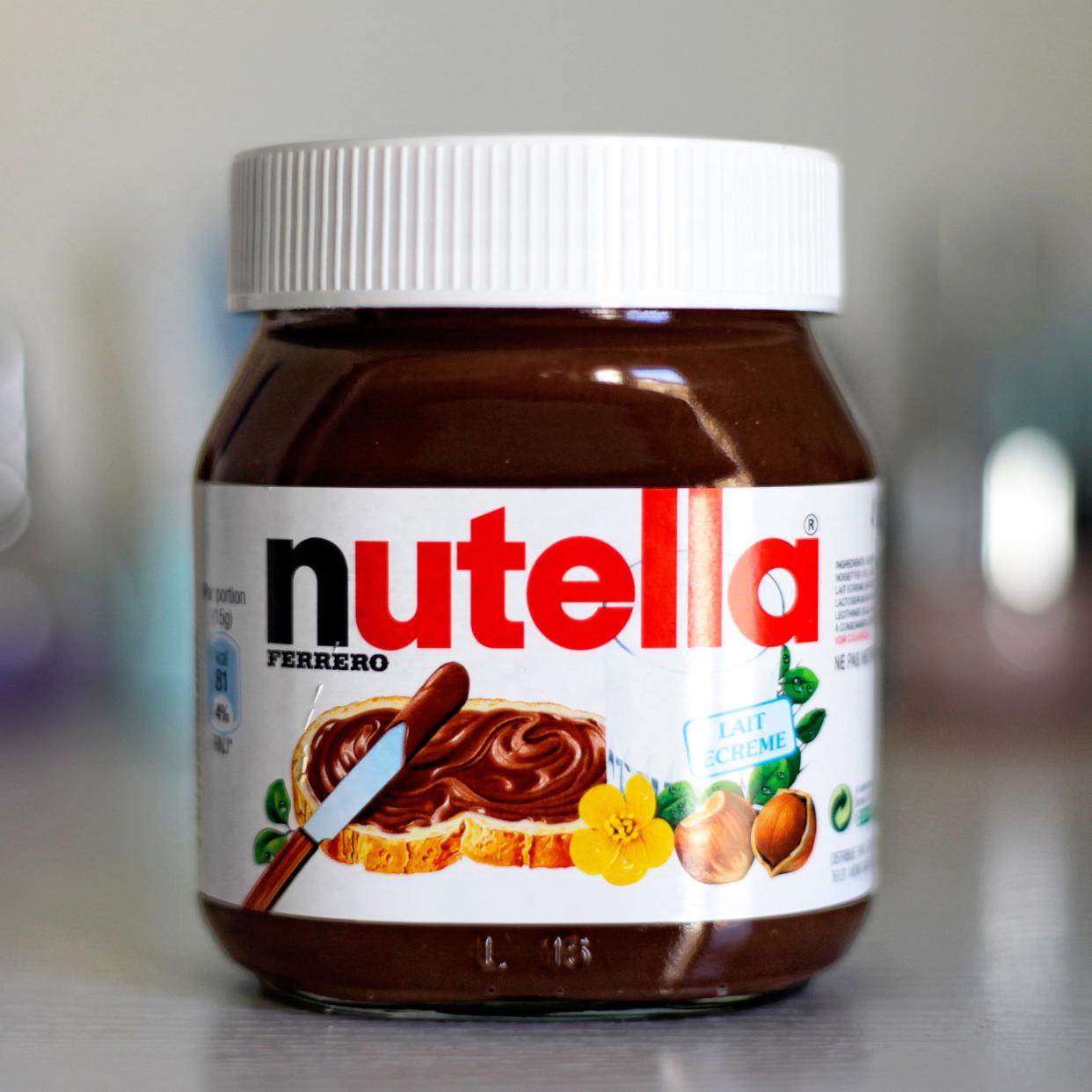
Nutella
Founded in Italy in 1964, Nutella became a heavily memed foodie phenomenon in the United States around 2009, with sales tripling in the following five years. The chocolate-hazelnut spread had been a staple in Europe for decades and first made it to American markets in 1983, but only began making a mainstream impact after an advertising push in recent years manifesting in Nutella-oriented merchandise, social media accounts, and even an unofficial holiday.
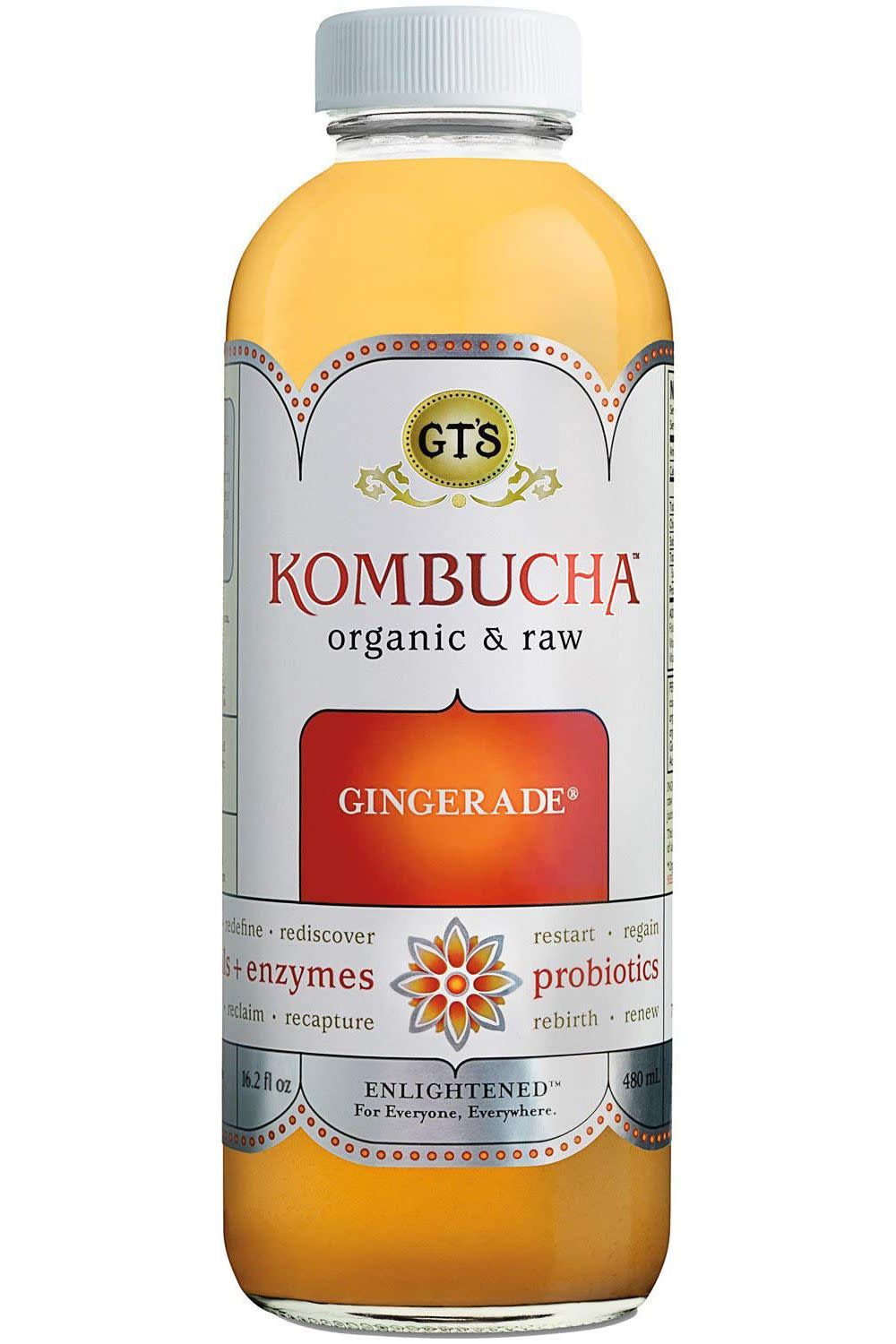
Kombucha
Kombucha is a fermented tea drink whose Chinese origins date back to around 220 B.C., but it entered American domestic markets only in the mid-'90s, when leading brand GT's Kombucha was founded. A Whole Foods recall concerning some brands' alcohol content caused consumer awareness to leap in 2010, followed by a 28% sales increase. Despite some overblown claims about its health benefits, the tangy beverage has continued growing in popularity, becoming a $475 million industry just in the United States — almost quadrupling in just four years, according to The New York Times.
For more fun trivia stories like this, please sign up for our free newsletters.
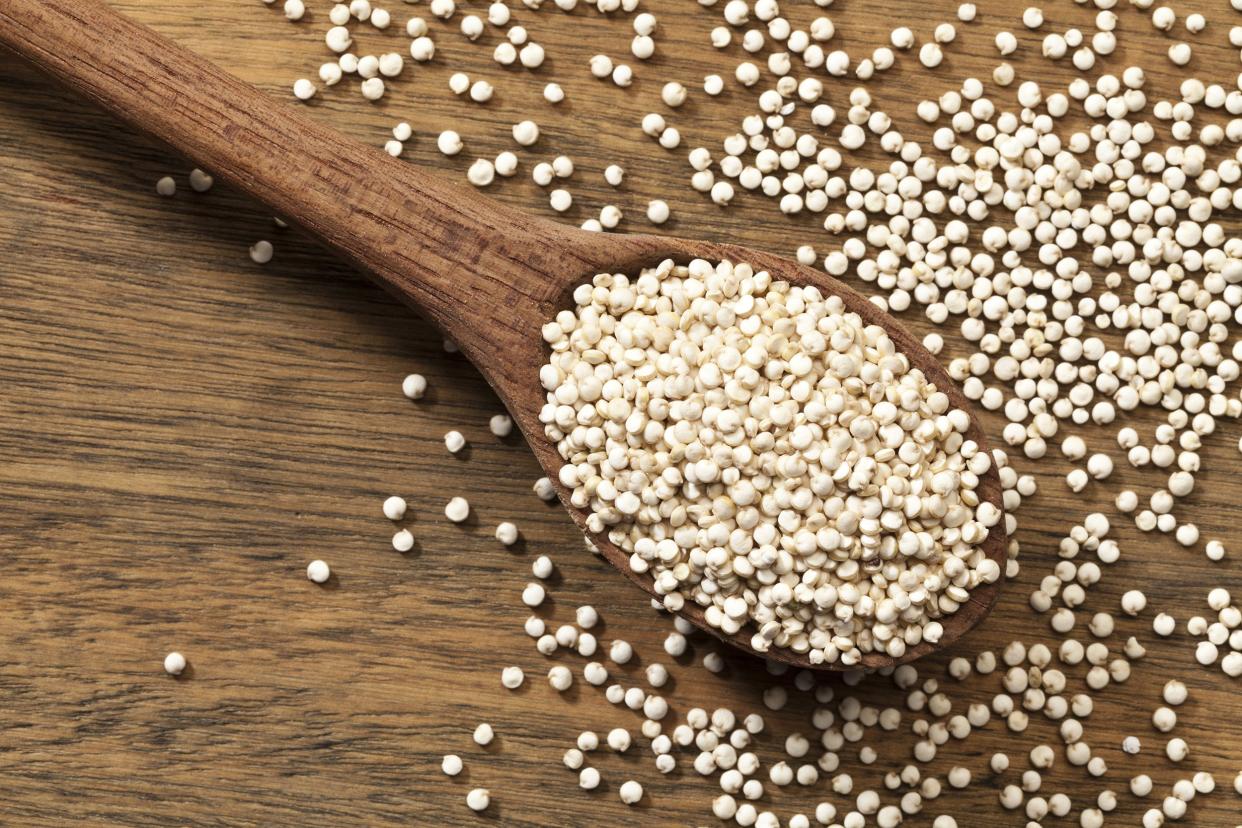
Quinoa
A spike in demand for the nutrient-packed grain, grown almost exclusively in South America, was driven by more than a decade of U.N.-financed development of new processing plants raising the grain's profitability. In 2018, the United States alone imported 74.3 million pounds of quinoa.

Rolled Ice Cream
Among the most novel of reimagined desserts is rolled ice cream, which is made fresh on a freezing-cold griddle, then rolled up and finished with fresh fruit, chocolate sauce, or other toppings. The frozen treat originated in Thailand before being imported to the U.K., United States, and elsewhere in 2015.
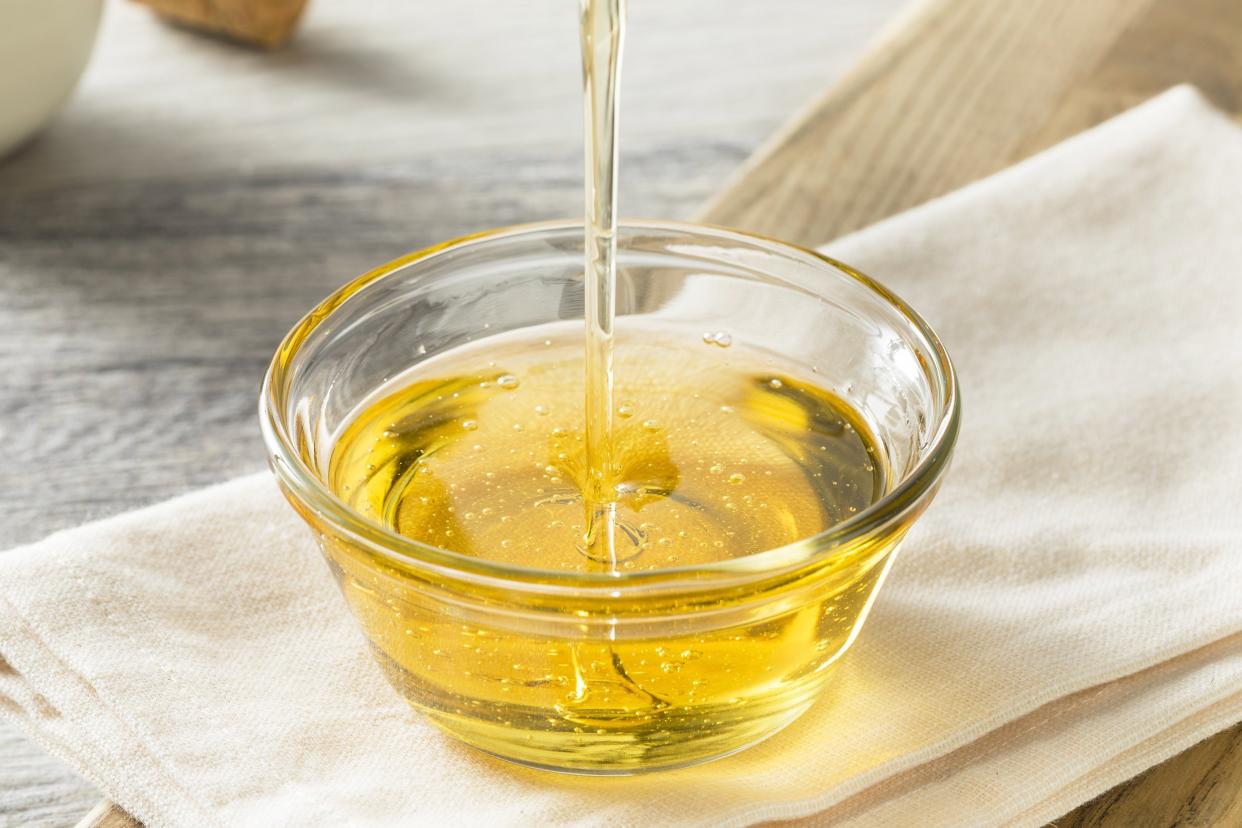
Agave
The number of agave products available more than tripled between 2003 and 2007, thanks in part to public perceptions about its healthfulness. Though not entirely founded — many processed agave syrups offer negligible benefits over high-fructose corn syrup — agave is up to three times as sweet as table sugar, so at least it takes less of it to brighten up your morning tea.
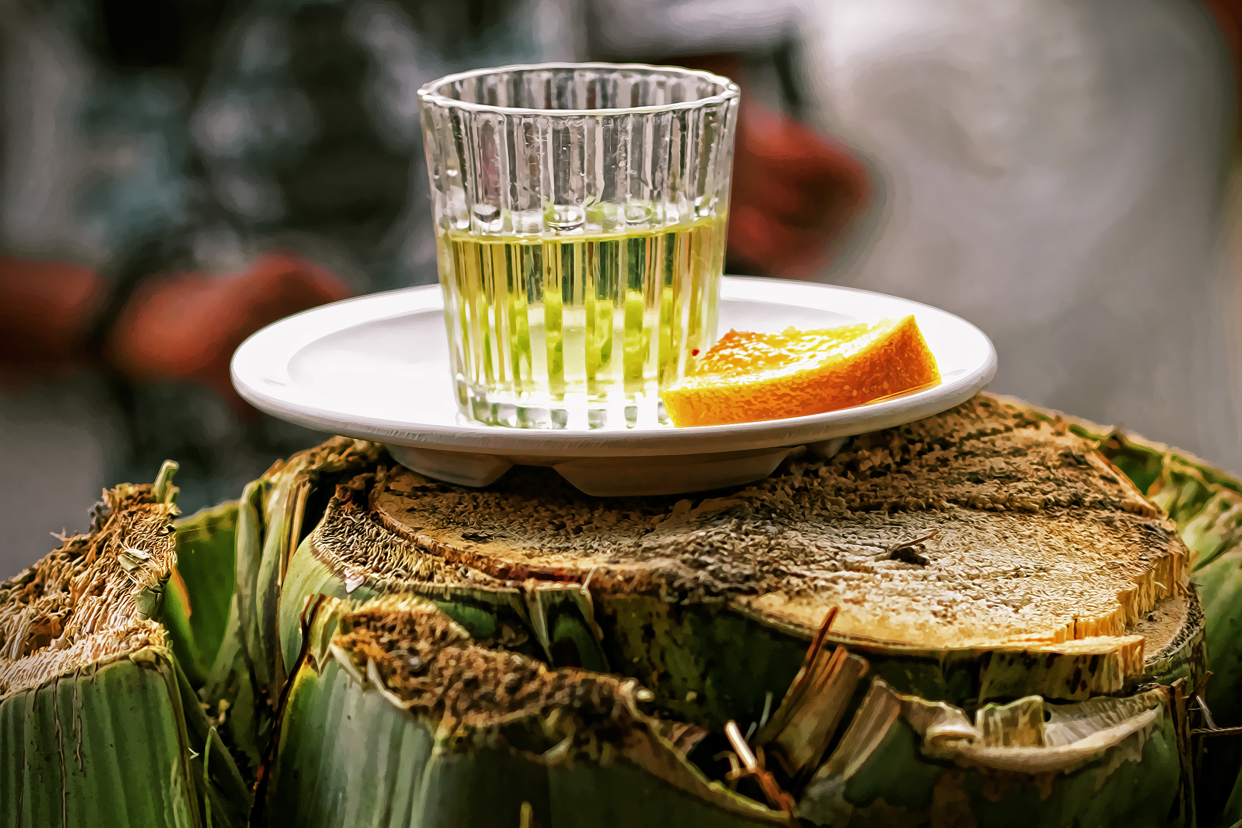
Mezcal
Mezcal — a type of alcohol derived from the agave plant — has also entered the public consciousness in a big way in recent years, appearing on upscale cocktail lists and even spawning bars devoted to the complex, sometimes smoky spirit. (Tequila is, in fact, a type of mezcal derived solely from blue agave and produced only in the Mexican state of Jalisco and other designated regions.) Growing demand for mezcal has even led to concerns of depleting the wild agave fields of Mexico. Still, U.S. shipments roughly quadrupled in the five years leading up to 2018.
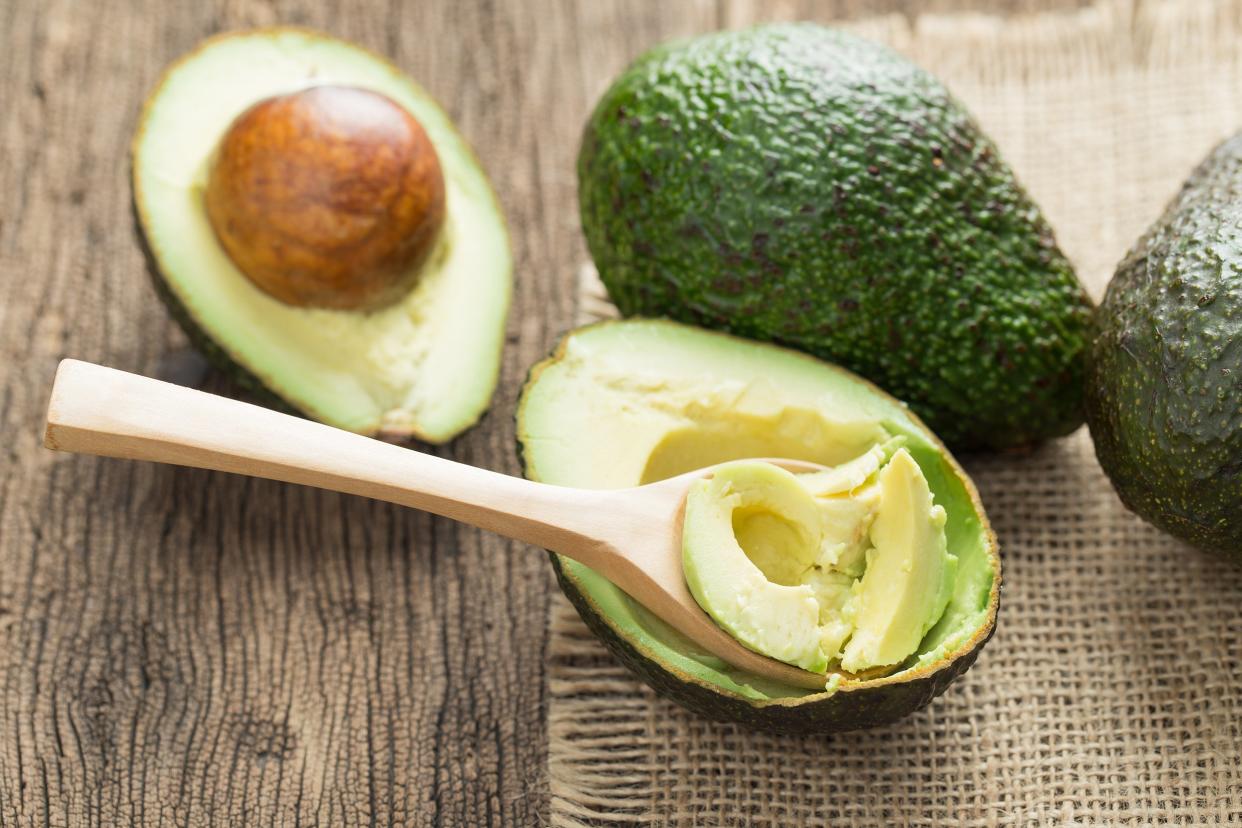
Avocado
Before avocado toast became an Instagram cliché, avocados were known as "alligator pears," and import restrictions banned shipments from Mexico into the late '90s. Though it wasn't as unheard of as others on this list, the average American ate only 1.5 pounds of avocado at that time, compared with nearly 8.5 pounds in 2020.
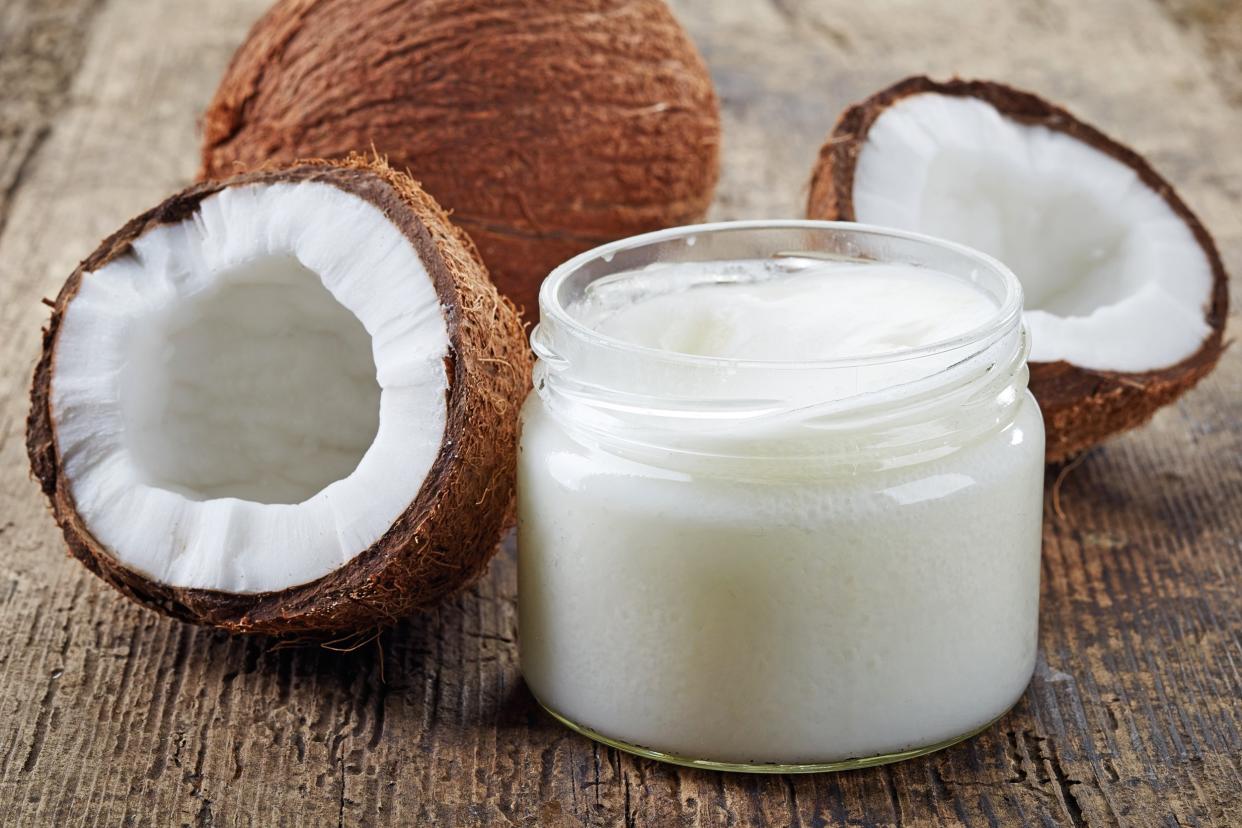
Coconut Oil
Coconut oil saw a burst of popularity beginning in 2011 and peaking with $229 million in sales in 2015, which can be partially attributed to vegan and paleo dietary trends. Sales came back down to earth with increased skepticism of certain health claims and a denunciation by the American Heart Association in 2017.
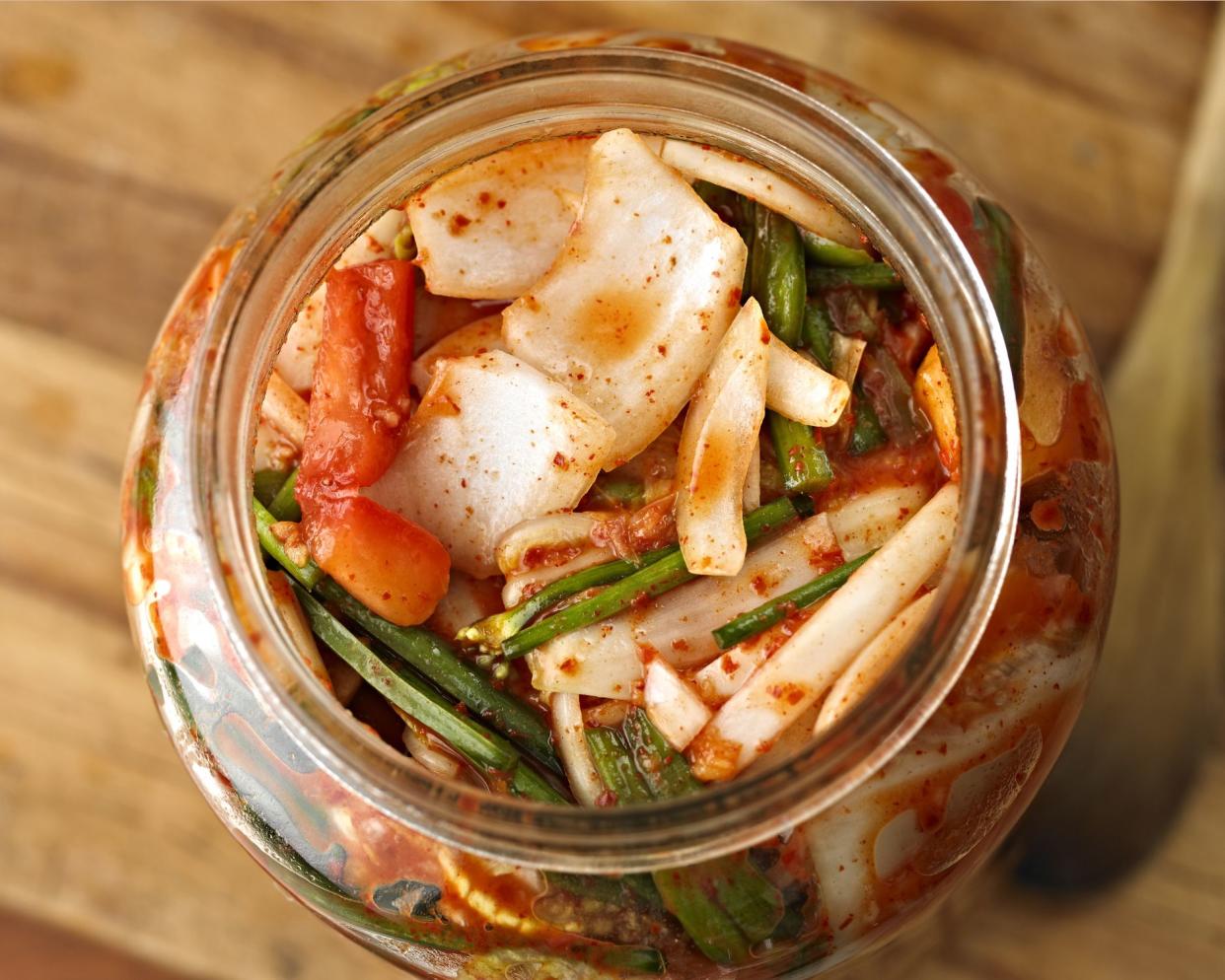
Kimchi
The traditional dish of fermented cabbage called kimchi has become increasingly well known as a staple at Korean barbecue restaurants and an ingredient in fusion cuisine such as kimchi quesadillas. The 1988 Summer Olympics in Seoul helped introduce kimchi to the Western world, but health trends and an increasingly global (and food-obsessed) culture helped popularize it.
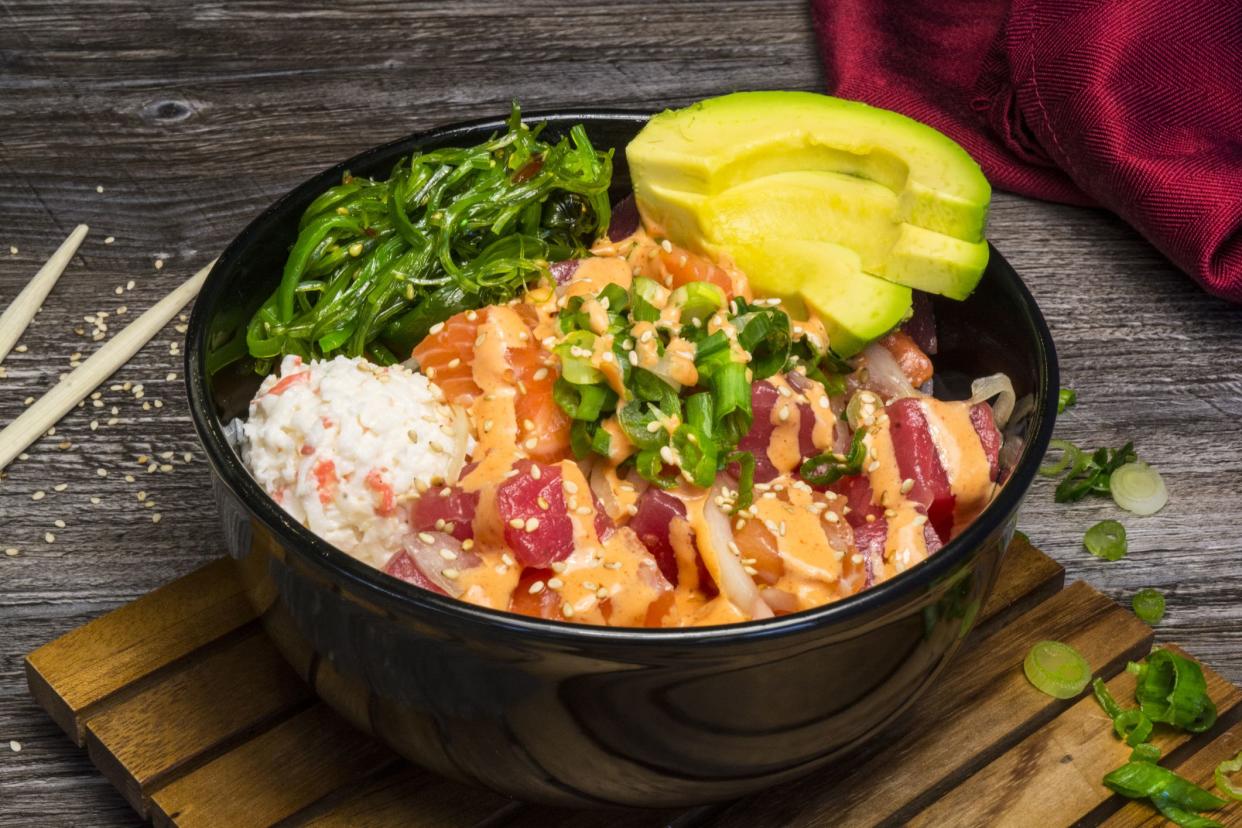
Poke
According to Foursquare, the number of U.S. restaurants specializing in poke and other Hawaiian dishes more than doubled between 2014 and 2016 and continues to grow. The most consistent growth has been in states with large Hawaiian populations, indicating the spike in interest is driven in part by their increased migration to the mainland.
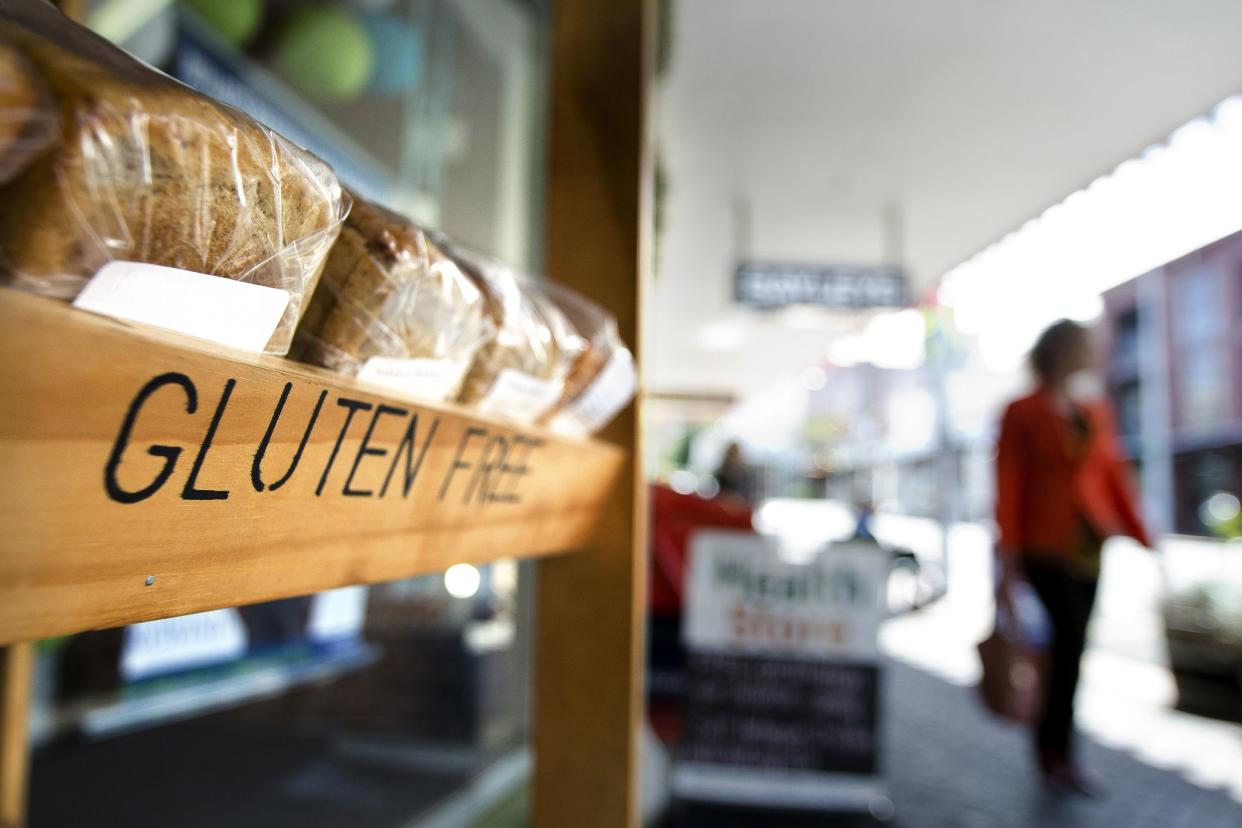
Gluten-Free Foods
Gluten-free products were niche at best until recent years, when the market grew at an average rate of 28% per year between 2004 and 2011. While rates of gluten intolerance have remained steady, the renewed emphasis on healthy eating helped drive Americans' interest in avoiding gluten for nutritional purposes.
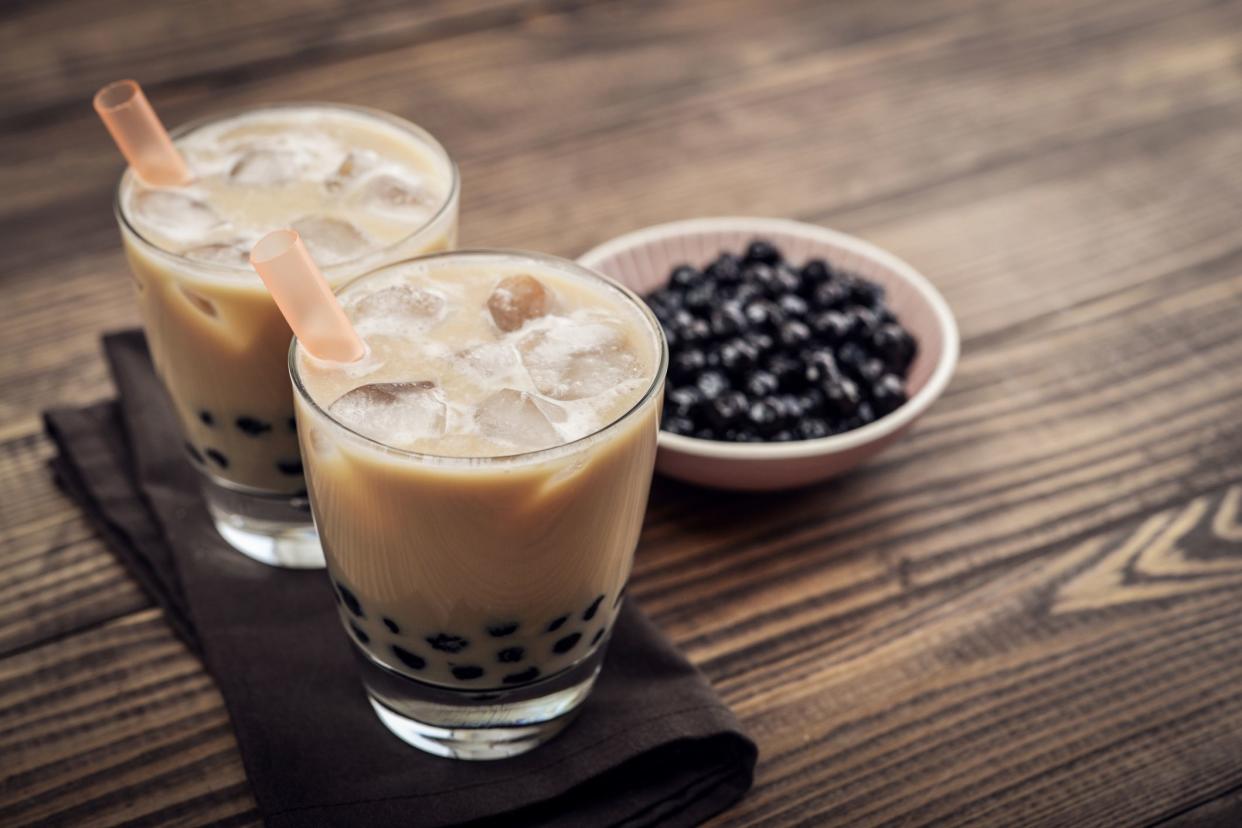
Boba
Boba is shorthand for bubble teas, which are usually milk-based with chewy tapioca pearls (the "boba"), fruit jellies, and other edible garnishes added. Invented in the 1980s, the Taiwanese night market specialty has become a global phenomenon. Its popularity is also emblematic of the increasing presence in American cuisine of tea, which 87% of millennials drink regularly.
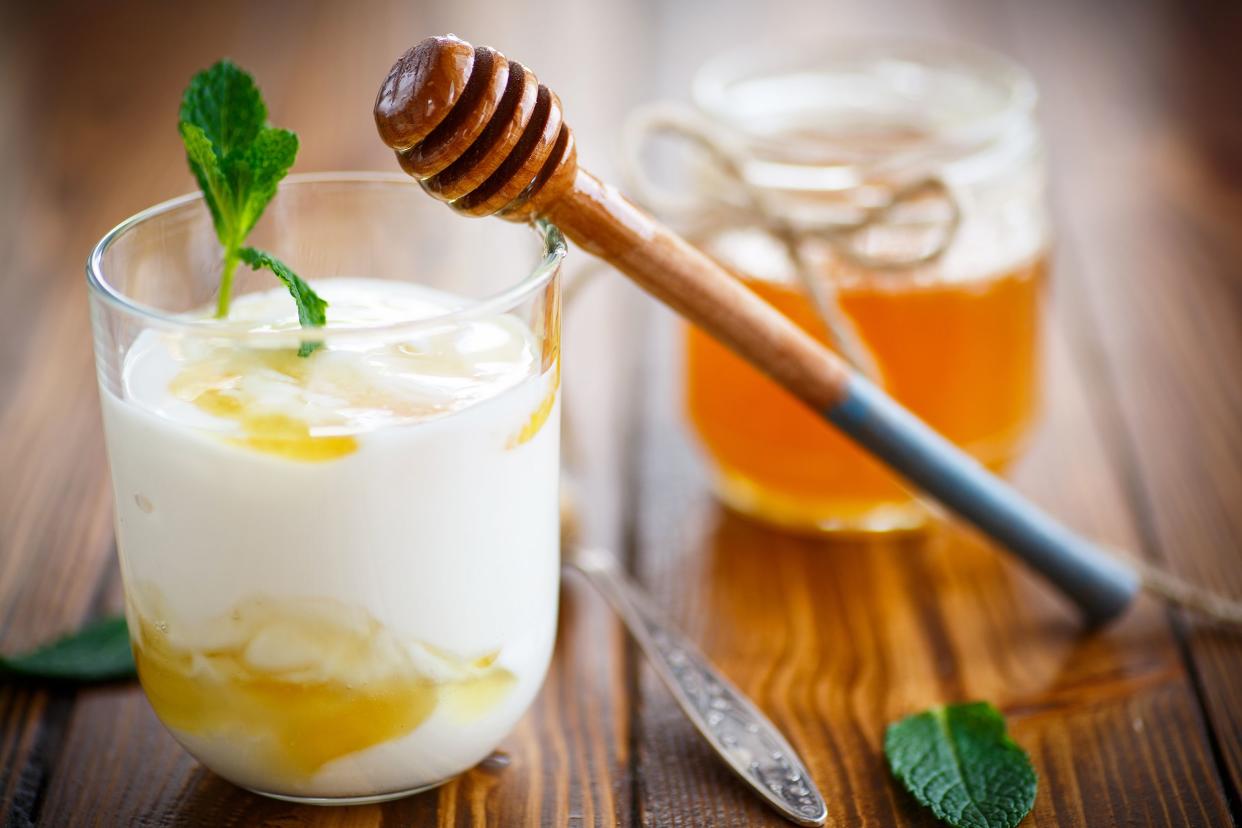
Greek Yogurt
Greek yogurt can be twice as expensive as other yogurts, but that didn't stop sales from increasing 2,500% even during the Great Recession. The thick, slightly sour yogurt's ascendancy was accompanied by plenty of dubious health claims, but another reason behind its popularity may be a growing dislike of processed, sweetened yogurts.
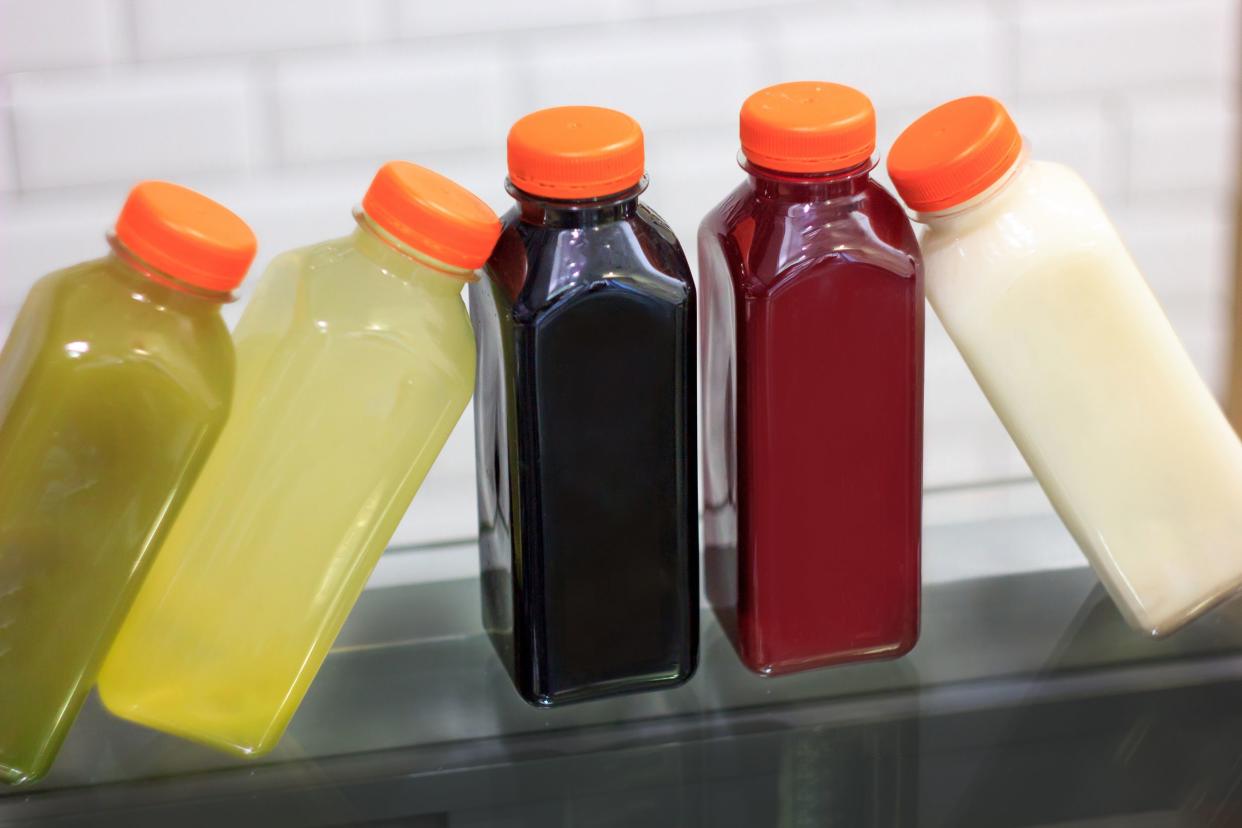
Cold-Pressed Juice
Although Jamba Juice and other smoothie places — which tended to focus on fruit-heavy, often sugary beverages — date back further, New York's first health-focused juice bars opened in 1999, and were followed by a wave of similar establishments in other cities. Combined with home juicers, the market was expected to reach $8.1 billion this year.
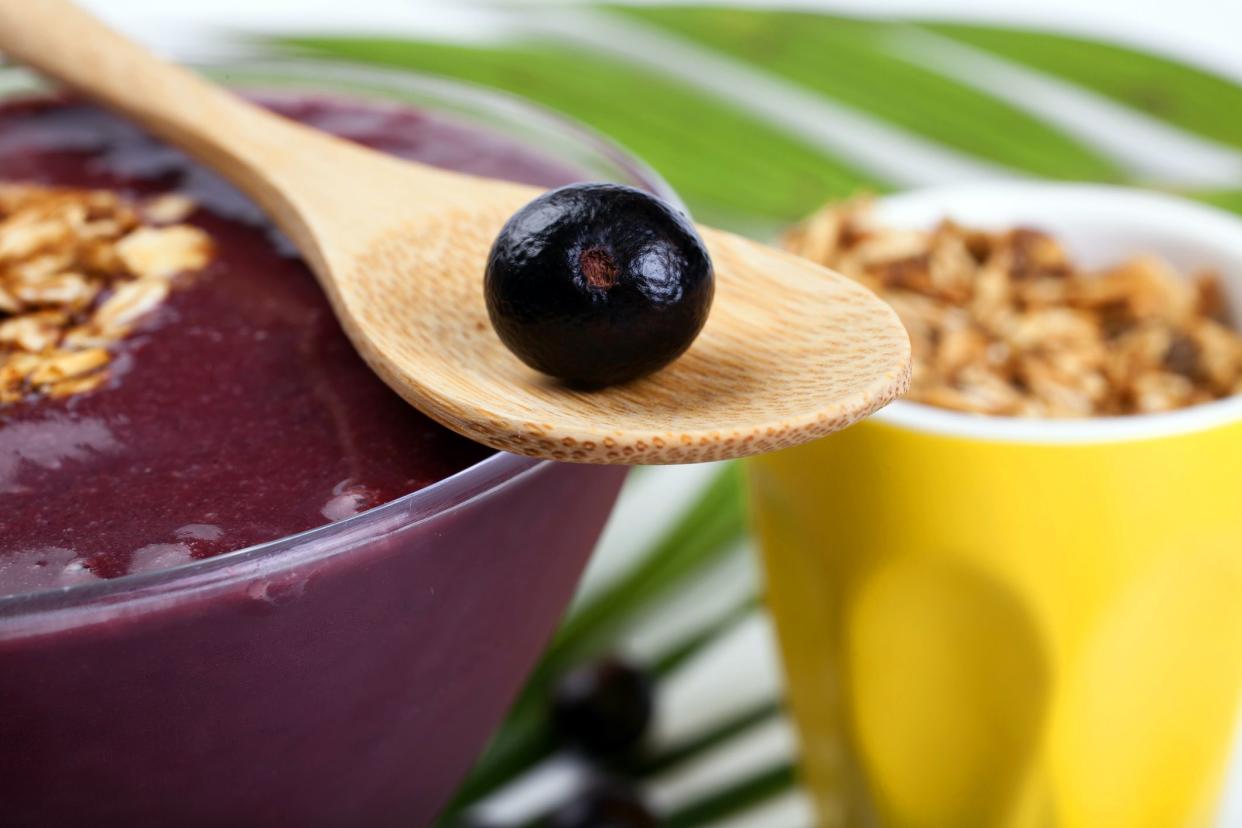
Acai
Acai bowls, ultra-thick fruit smoothies often topped with granola and prepared with the titular South American fruit, were once confined to the Amazon River delta. Global acai consumption exploded first in Brazil and then North America in 2000. This was due primarily to a pair of surfers who formed a company called Sambazon to package and export frozen acai pulp, then started marketing their purported "superfood" product at juice bars throughout Southern California.
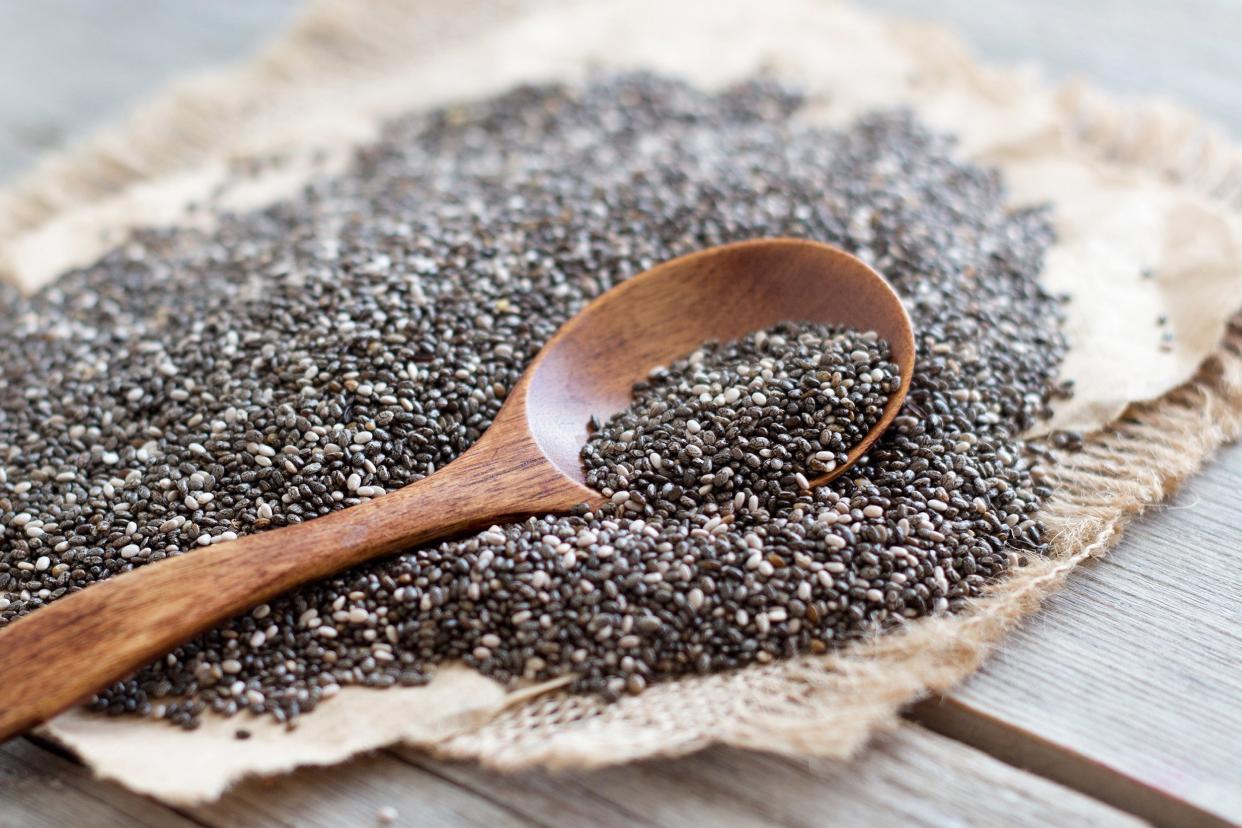
Chia Seeds
Before they became a common topping for smoothie bowls and granola cereals, chia seeds were best known for being the basis of Chia Pets. The mild-tasting seed is rich in nutritional benefits and omega fatty acids, but it wasn't on Americans' radar as a food item until a 2009 book explained how ancient Mayan and Aztec runners used chia seeds to boost endurance. By 2014, awareness of chia seeds had a 10-point jump from 2010.

Almonds
Until the late '90s, almonds were just another mixed nut, barely edging out walnuts and pecans in Americans' buying habits. Thanks to a dedicated marketing campaign, between 2005 and 2014 demand rose by 220%, so the average American was then consuming more than 2 pounds per year, compared with a quarter-pound in the '70s.
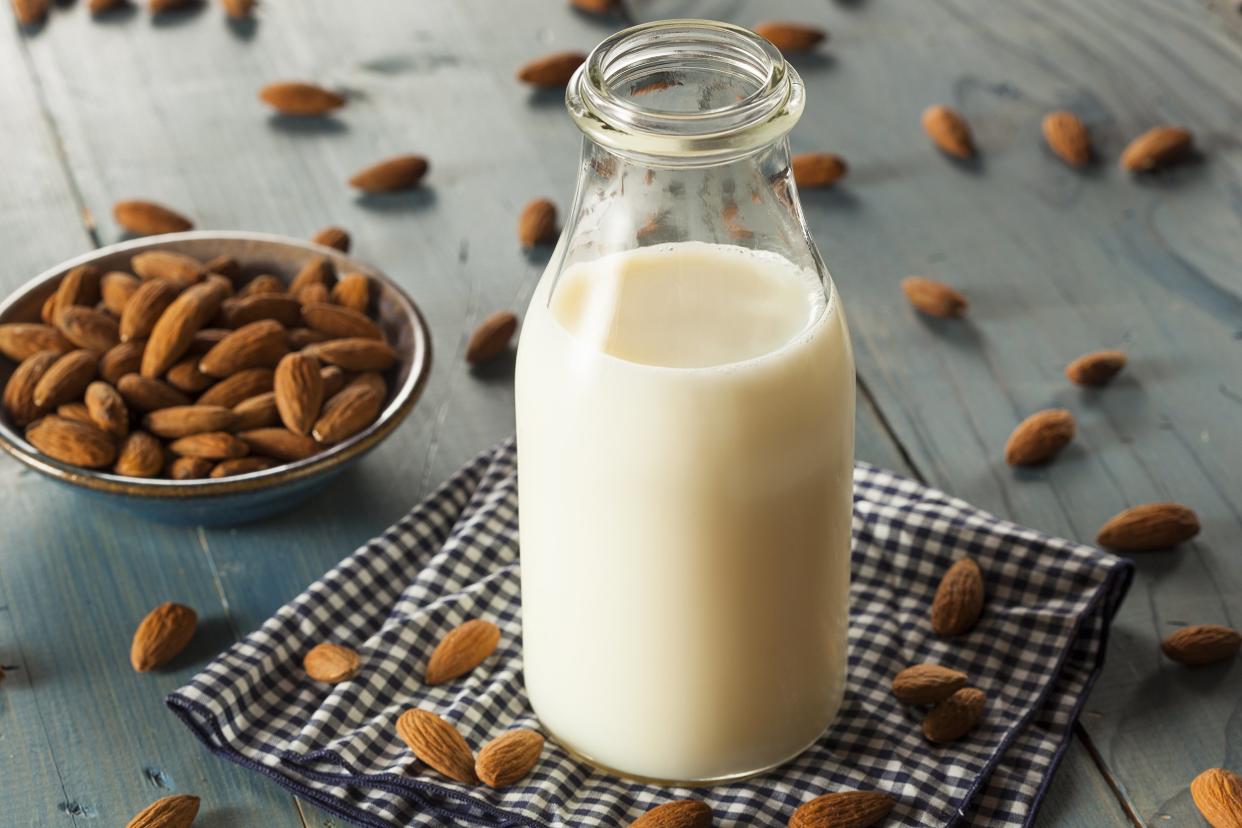
Nut Milk
Increased interest in veganism led to a larger market for dairy alternatives such as rice, hemp, and cashew milk. Almond milk has been by far the most popular, contributing to almond's annual production weight increasing from under 1 billion pounds in 2005 to 2.15 billion in 2016. Unfortunately, this cash crop has a hefty environmental impact.
Find more fun stories about food trends and trivia right here.
This article was originally published on Cheapism

More From Cheapism
Like Cheapism's content? Be sure to follow us.






